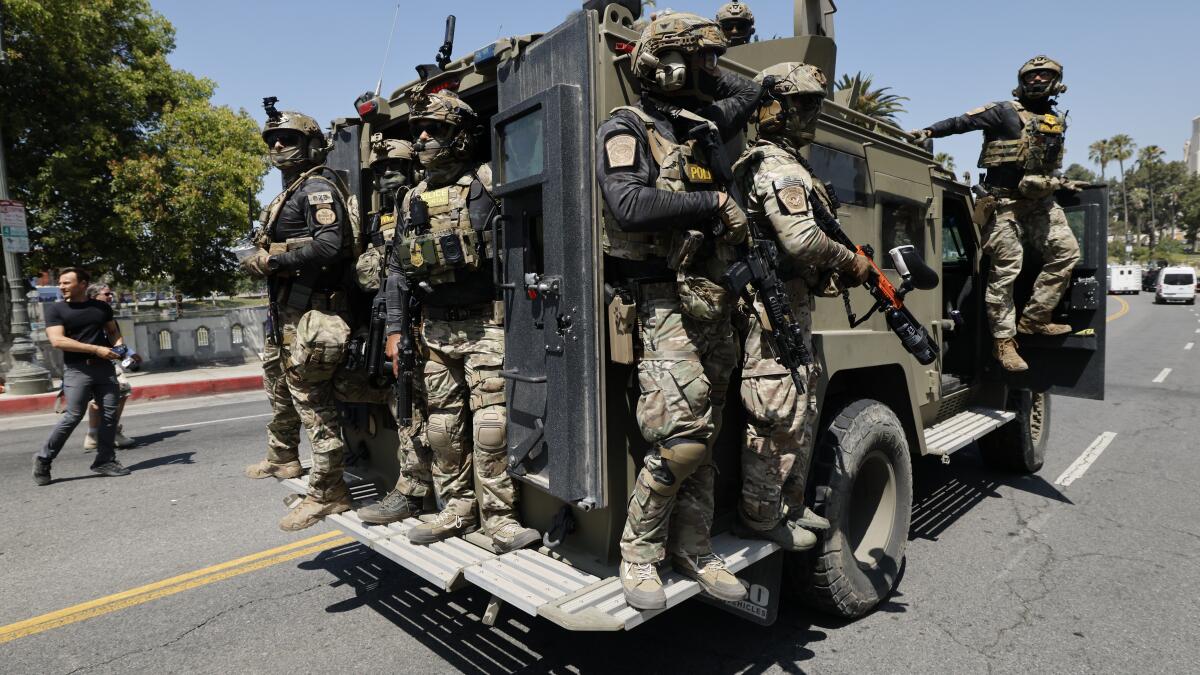U.S. Immigration and Customs Enforcement, an agency within the Department of Homeland Security, is undergoing its largest operational expansion in agency history as it prepares for a new phase of mass deportations under President Donald Trump’s renewed immigration directive.
ICE’s Enforcement and Removal Operations division—responsible for locating and removing noncitizens who are in the country unlawfully—is aggressively recruiting, retraining, and restructuring its force. Acting ICE Director Todd Lyons said the agency has received over 121,000 applications in recent months and is seeking to hire an additional 10,000 deportation officers by the end of the year.
“Right now we’re seeing—and we’re having to adapt to—all different scenarios that we were never trained for in the past,” Lyons said during a visit to ICE’s southern Georgia training facility. The agency is now offering hiring bonuses of up to $50,000 and expanding its instruction corps to meet the growing demand.
New agents are trained at the Federal Law Enforcement Training Center in Brunswick, Ga.,, where ICE is streamlining its curriculum by shortening Spanish-language requirements and moving portions of field readiness training to local offices. According to Caleb Vitello, who oversees ICE’s training program, these changes are designed to increase output without sacrificing mission readiness.
But the operational shift is about more than numbers. As field arrests increasingly encounter resistance, ICE has begun issuing gas masks and helmets as standard gear for agents. “We’re not going to allow people to throw rocks anymore,” Lyons said. “We’re going to have our own agents and officers there to protect the ones that are actually out there making that arrest.”
To reinforce that front line, ICE is expanding its Special Response Teams—elite units of deportation officers trained to execute high-risk warrants and accompany violent offenders during removal. These teams, which Lyons confirmed have been deployed in cities like Los Angeles, Portland, and Washington, D.C., operate with tactical gear and military-style precision.
Recruits are also receiving extensive instruction on the legal limits of administrative warrants. While ICE agents can arrest individuals in public or in vehicles, they cannot enter a home without permission unless they have a judicial warrant. “If somebody says ‘Get out,’ and you don’t have your target, you have to leave,” Vitello explained. He added that officers consult agency lawyers in complex situations, including when dealing with mobile homes.
ICE reported 121 assaults on officers between January 21 and August 5—compared to just 11 over the same period last year. The agency is now preparing for an increasingly adversarial environment as it expands arrests and removals nationwide.



